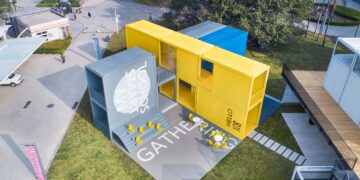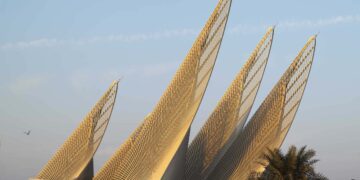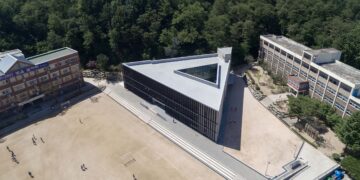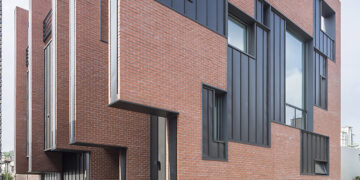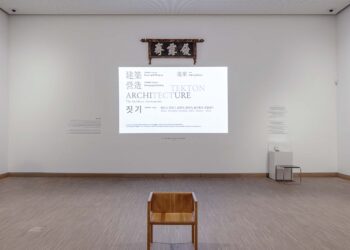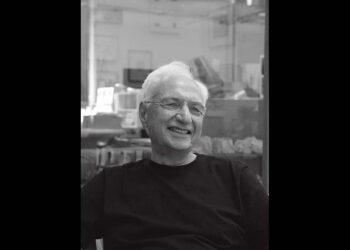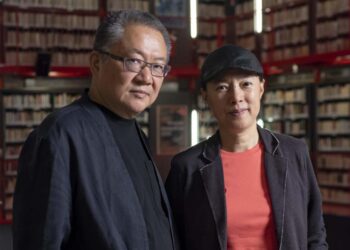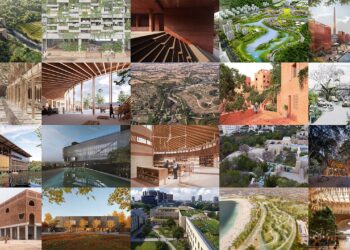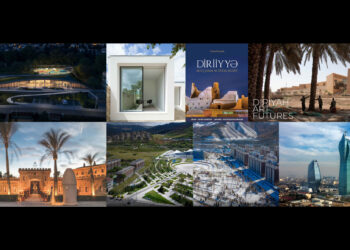Serpentine pavilion 2020 will celebrate gathering spaces around the capital
Johannesburg-based practice Counterspace, directed by the all-woman team of Sumayya Vally, Sarah de Villiers and Amina Kaskar, has been selected to design the Serpentine’s 20th Pavilion.
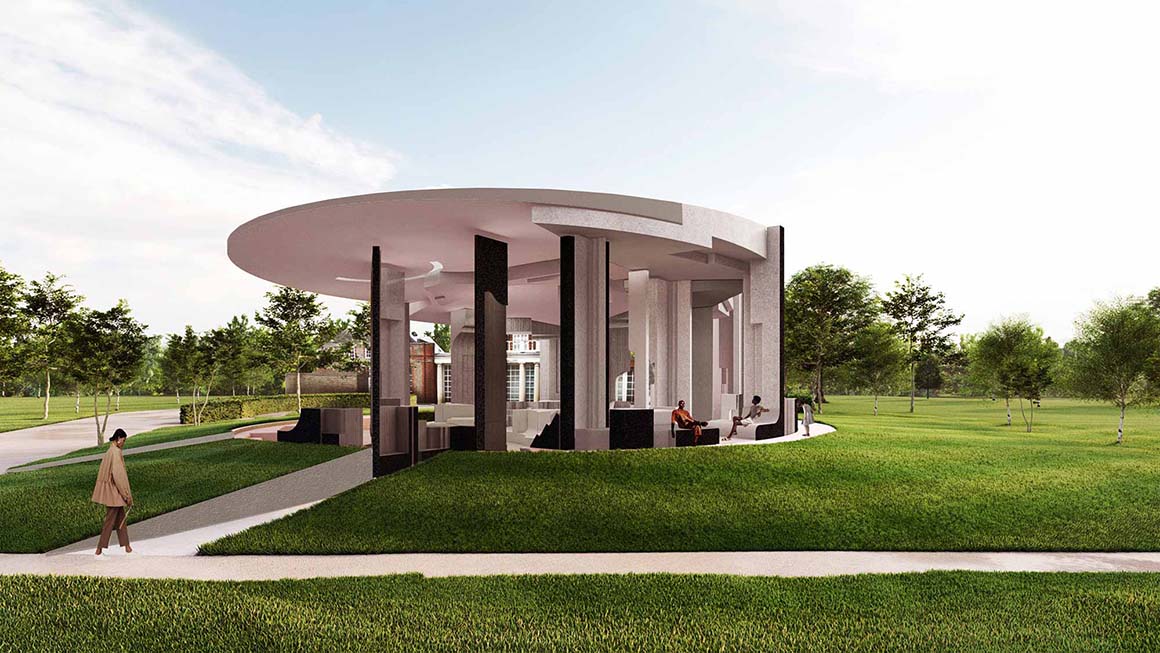
Using both innovative and traditional building techniques, Counterspace’s design will be based on gathering spaces around the city, folding London into the pavilion structure in Kensington Gardens, and extending a public program across London.
The shapes of the Pavilion are created from a process of addition, superimposition, subtraction and unity of architectural forms, directly transcribed from existing spaces with particular relevance to migrant and other peripheral communities in London.
The Serpentine Pavilion will be a place for debate and new ideas. A live program running throughout the summer connects to the Serpentine’s ambitious multi-platform project Back to Earth and sets out to explore questions such as: How can architecture create a space where we are all linked, not ranked? How can architecture promote wellbeing? Can a structure evolve together with the environment?
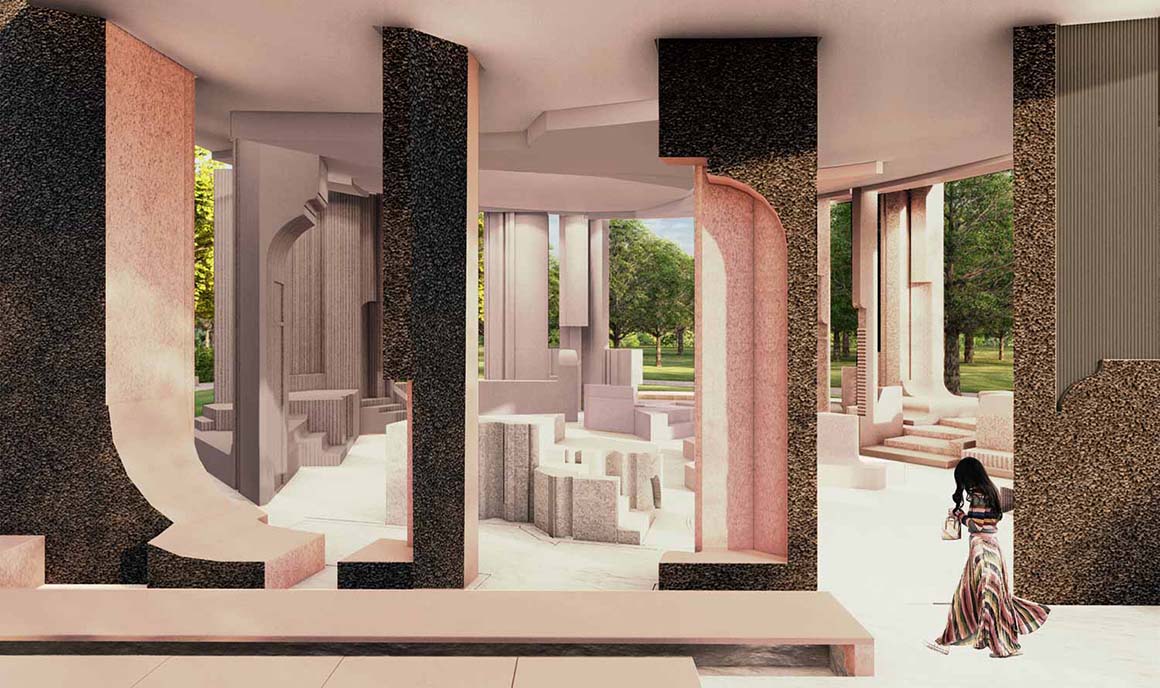
The pavilion will include moveable small parts that will be displaced to neighborhoods across London. Following community events at these locations, the parts will be returned to the structure, completing it over the summer.
Employing a mix of low-tech and high-tech approaches to sustainability, the pavilion will be constructed from a variety of materials, including custom K-Briq-modules and cork provided by Amorim. K-Briqs are made from 90% recycled construction and demolition waste, and are manufactured without firing, with a tenth of the carbon emissions of normal bricks.
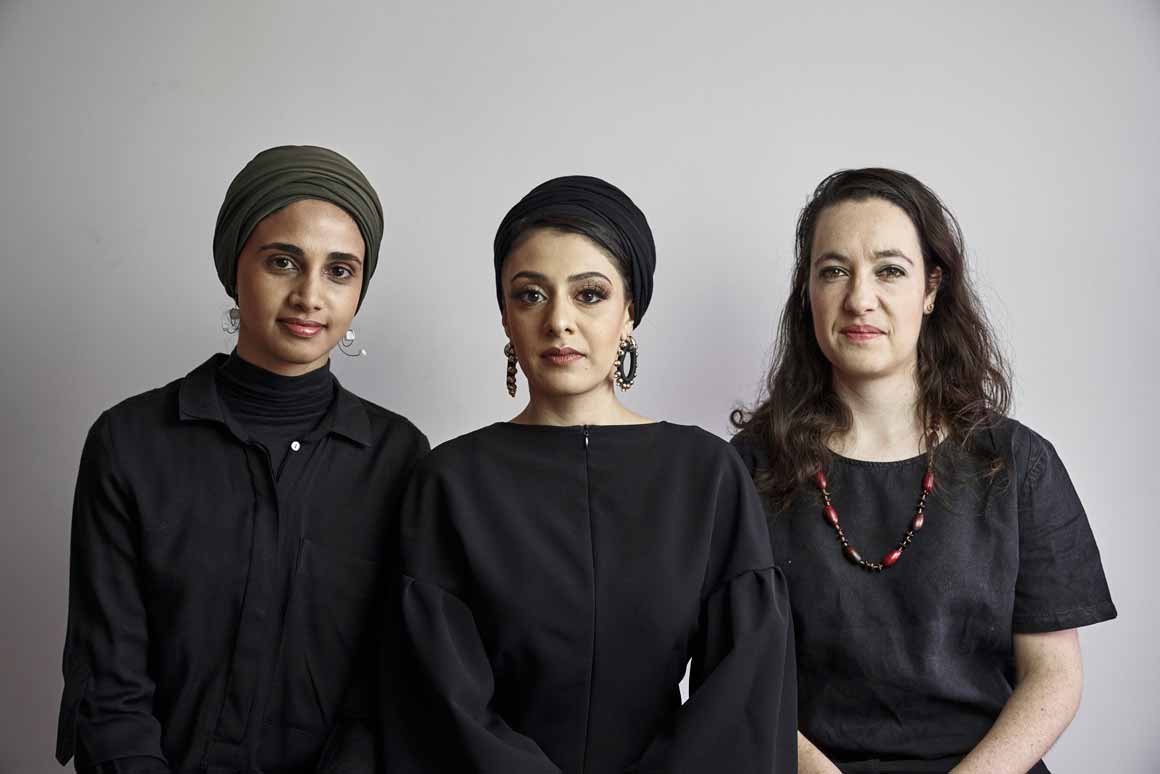
Sumayya Vally, lead architect, said of the design:
“The pavilion is itself conceived as an event — the coming together of various forms from across London over the course of the pavilion’s sojourn. The breaks, gradients and distinctions in color and texture between different parts of the pavilion make this reconstruction and piecing together legible at a glance.”
Serpentine Galleries Artistic Director Hans Ulrich Obrist said: “The idea of working with different communities is very important for us, and Counterspace’s proposal does this in a remarkable way. They bring an African perspective, an international perspective, but they are working with locations and communities right here in London. In everything the Serpentine does we want to make those connections between artists, architects and communities wherever they are.”






